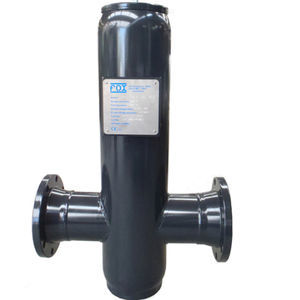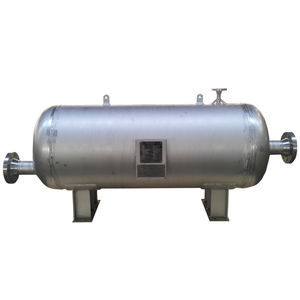

- Products
- Catalogs
- News & Trends
- Exhibitions
Bladder type pulsation damper BHPpneumatic






Add to favorites
Compare this product
Characteristics
- Heating technology
- bladder type
- Other characteristics
- pneumatic
Description
Pressure: up to 1379 bar (20.000 PSI)
Test Pressure (PT): PS x 1,43 / 1,3 / 1,5
Warranty: see dedicated page
Free maintenance dampeners or better called resonator pulsation dampeners are typically installed on the suction and discharge sides of the API 674 or API 675 process pumps, very close to the suction and discharge nozzles.
Resonators are used, instead of bladder or diaphragm pulsation dampeners, with clear advantages:
1. Very high reduction of the discharge pulsation; the exact value depends especially on the pumped fluid features and piping connections. It is typically higher than 60%.
2. Complete customization, as per customers requests and projects specification.
3. There are no wearing or moving parts in the full equipment.
4. It’s a dampener completely without maintenance.
Construction material can be customized depending on the pumped fluid and end.user specification; as a standard, FOX dampeners are in stainless steel AISI 316 L but materials like: DSS (Duplex Stainless Steel), SDSS (Super Duplex Stainless Steel), Alloy-20, Hastelloy-C and Carbon Steel can be foreseen and painted, as per FOX painting procedure for marine and corrosive environments or as per end-user specification.
Volumes can be customized up to 5.000 liters; FOX is always suggesting to share all the necessary operating conditions, in order to be in a position to select the most appropriate volume for your pump.
Catalogs
Product catalogue
81 Pages
*Prices are pre-tax. They exclude delivery charges and customs duties and do not include additional charges for installation or activation options. Prices are indicative only and may vary by country, with changes to the cost of raw materials and exchange rates.






